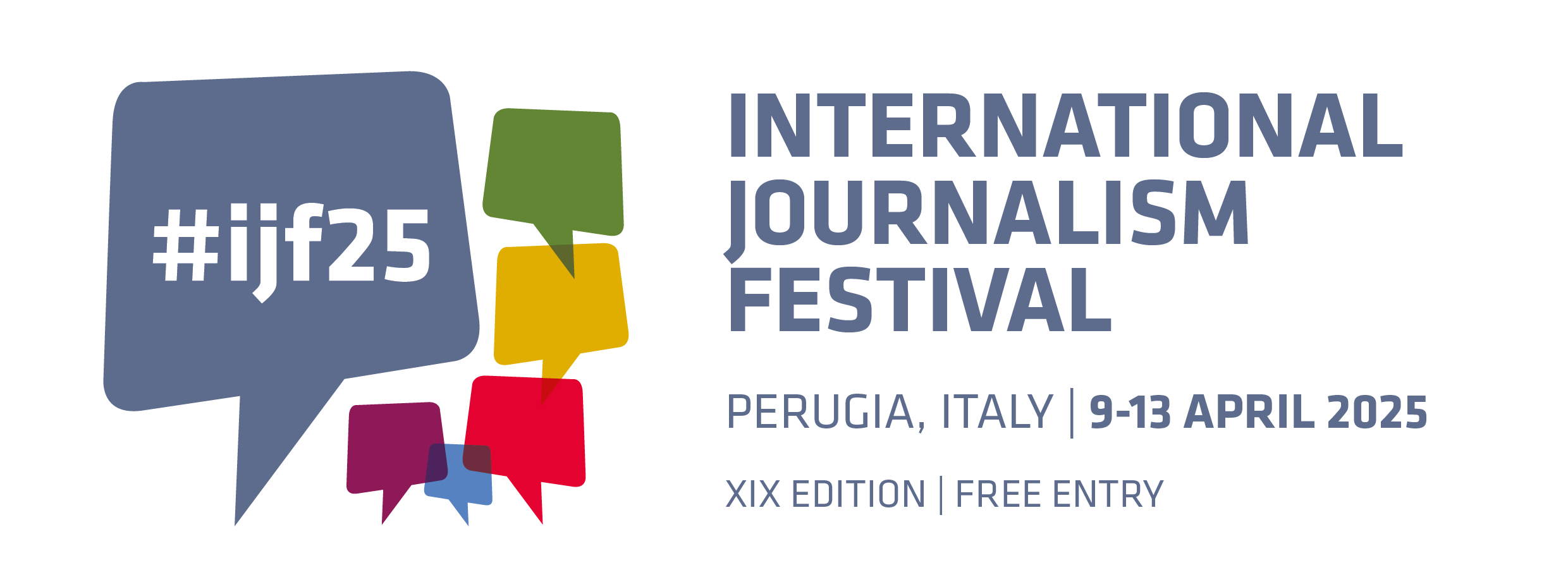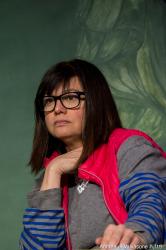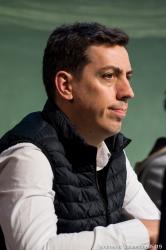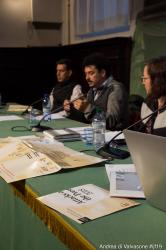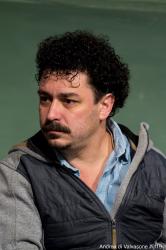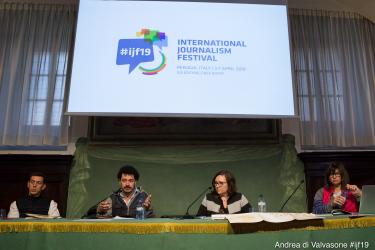At least 52 journalists were killed in 2018, 33 of who were murdered in retaliation for their work. The brutal murder of Jamal Khashoggi and continuing impunity for those who ordered and carried out his murder has sent a chilling signal to the journalist community as has the ongoing impunity for the murders of Daphne Caruana Galizia in Malta and of Miroslava Breach in Mexico more than a year ago. One can only assume that those who murdered them hoped to send a signal to other reporters that certain topics are off limits. But instead of stoking fear and self-censorship, these cases and others have galvanized the journalistic community to double-down on investigations and use their craft to combat fear and impunity.
Forbidden Stories has built a global network of journalists and news outlets devoted to continuing the investigations that journalists were working on when they were murdered. Its first project, the Daphne Project, will report back on its progress and share lessons learned more than a year after the initiative began, and progress on Deadly Border, an investigation into the kidnapping and murder of Ecuadorian journalist Javier Ortega, photographer Paúl Rivas, and their driver Efraín Segarra that is delving into the issues they were covering on the Ecuador-Colombia border. The Committee to Protect Journalists will discuss how it uses long-form reporting on investigations into the murder of journalists to combat government inaction, as in the cases of Pavel Sheremet in the Ukraine and dozens of journalists in Mexico. It will also discuss how it is partnering with an investigative journalism outlet to find out what happened to murdered US music blogger Zachary Stoner. Daily journalism and reporting on cases and investigations can also help keep up the pressure, and the Washington Post has devoted countless column inches to tracking, analyzing and opining about the murder the Khashoggi. Action in the US Congress indicates that this may be part of an effective approach to obtaining justice in this case.
This session will bring in the people working on these stories to discuss how journalists can harness journalism for justice.
Organised in association with the Committee to Protect Journalists.
